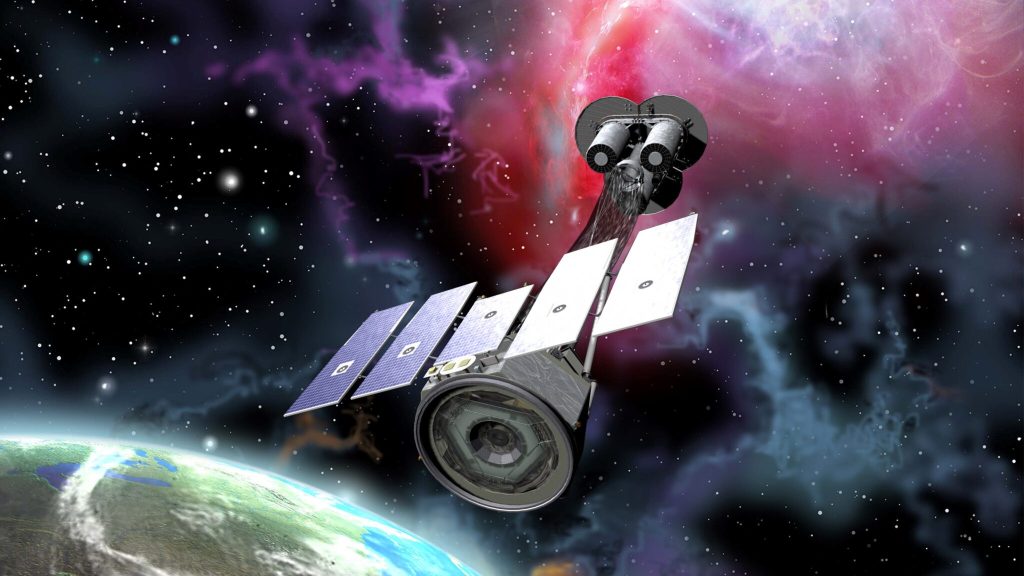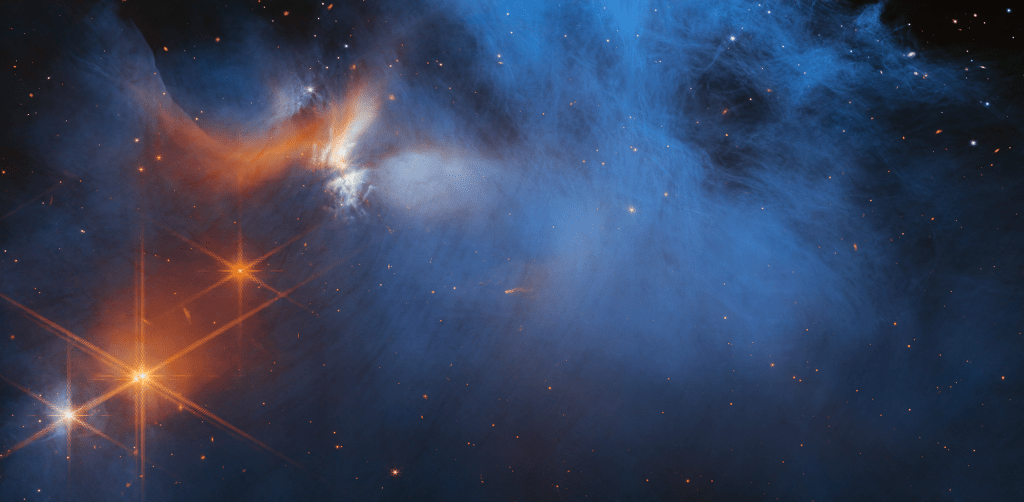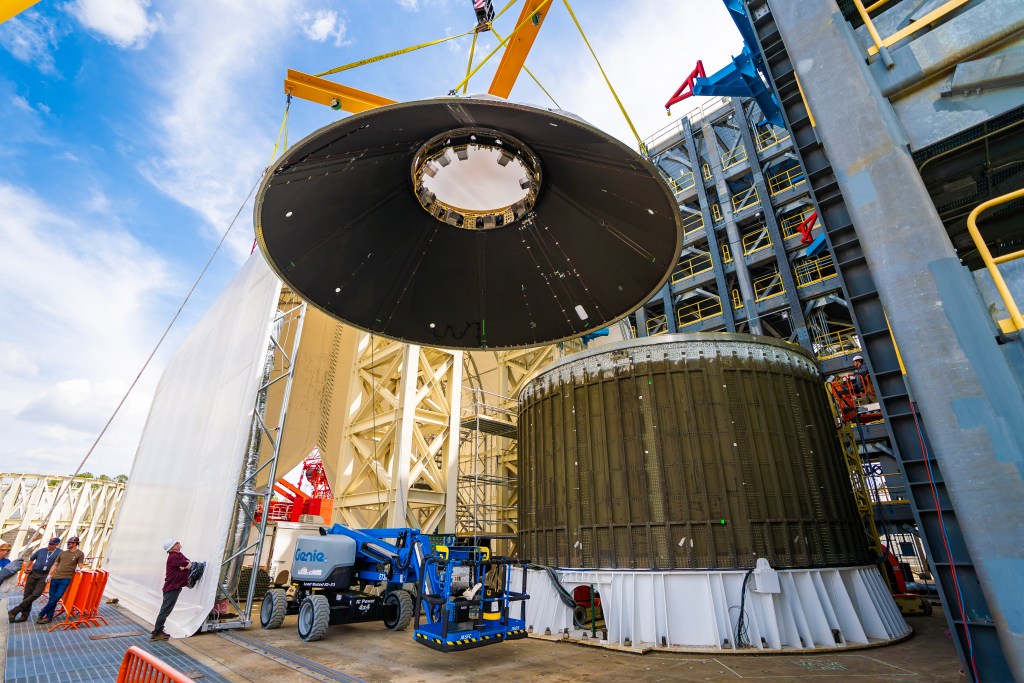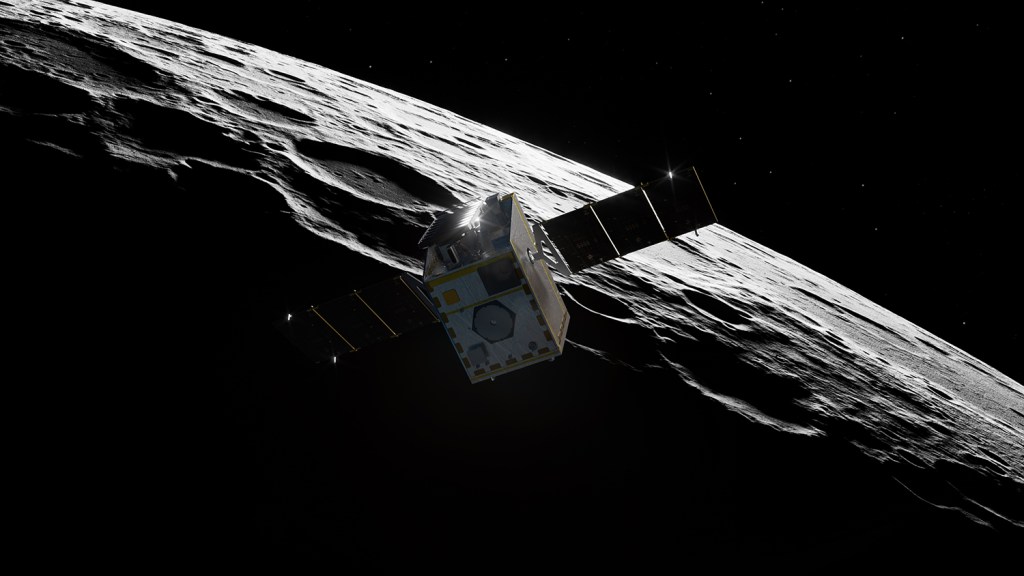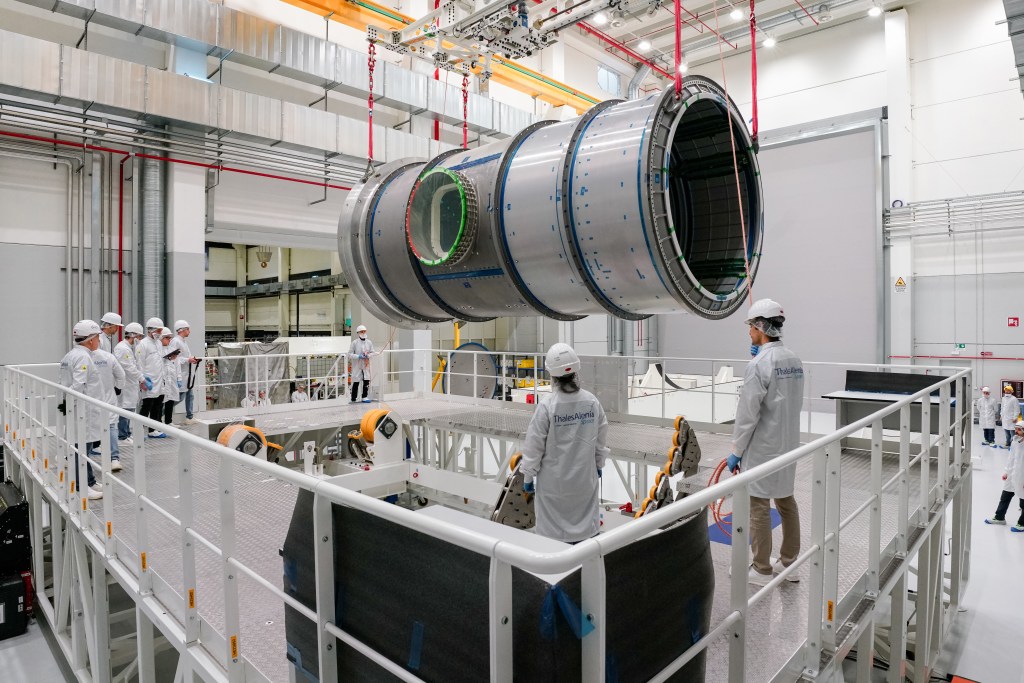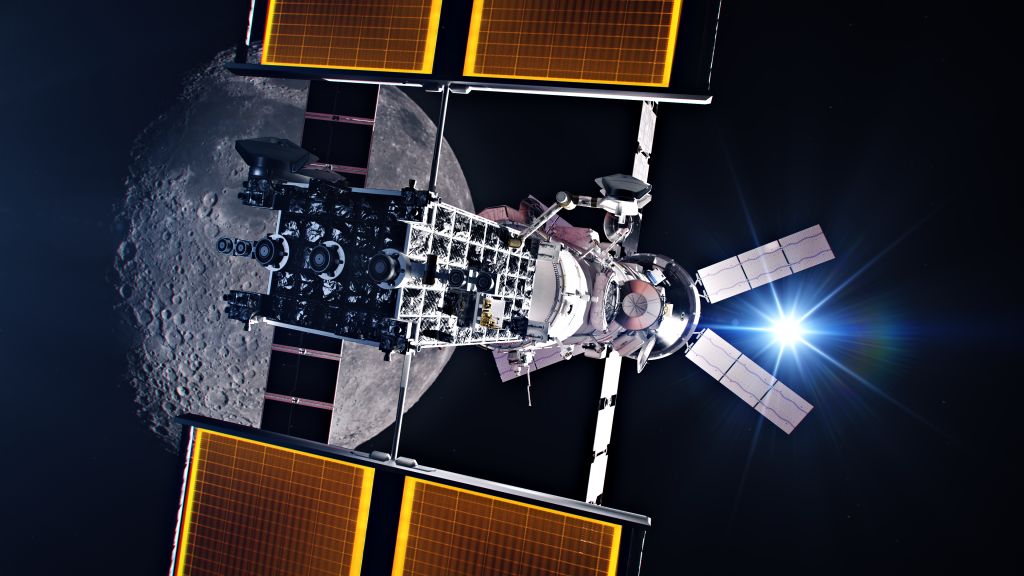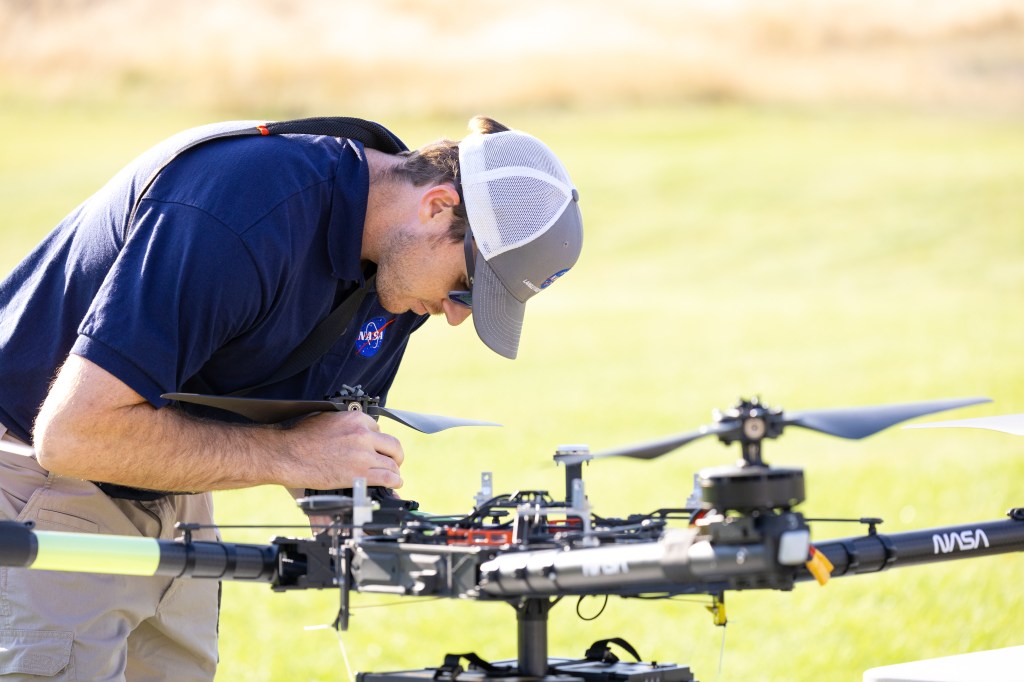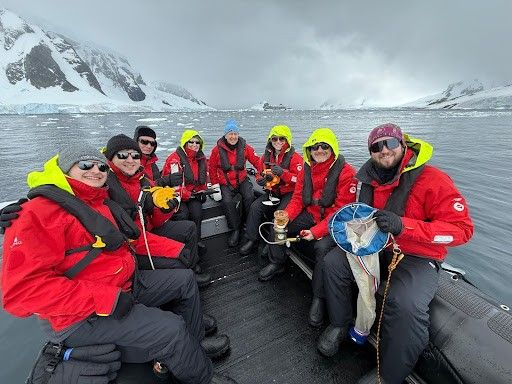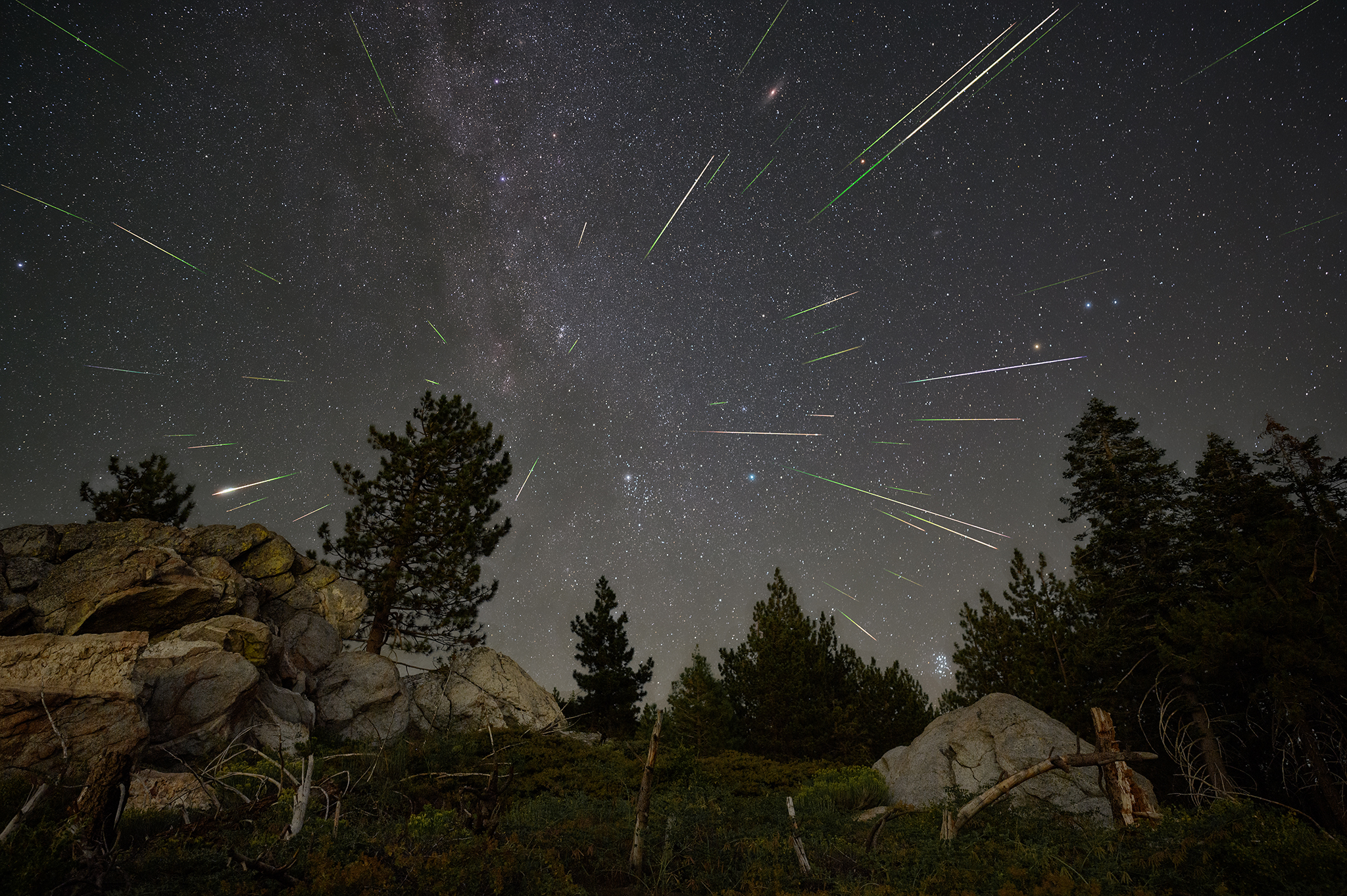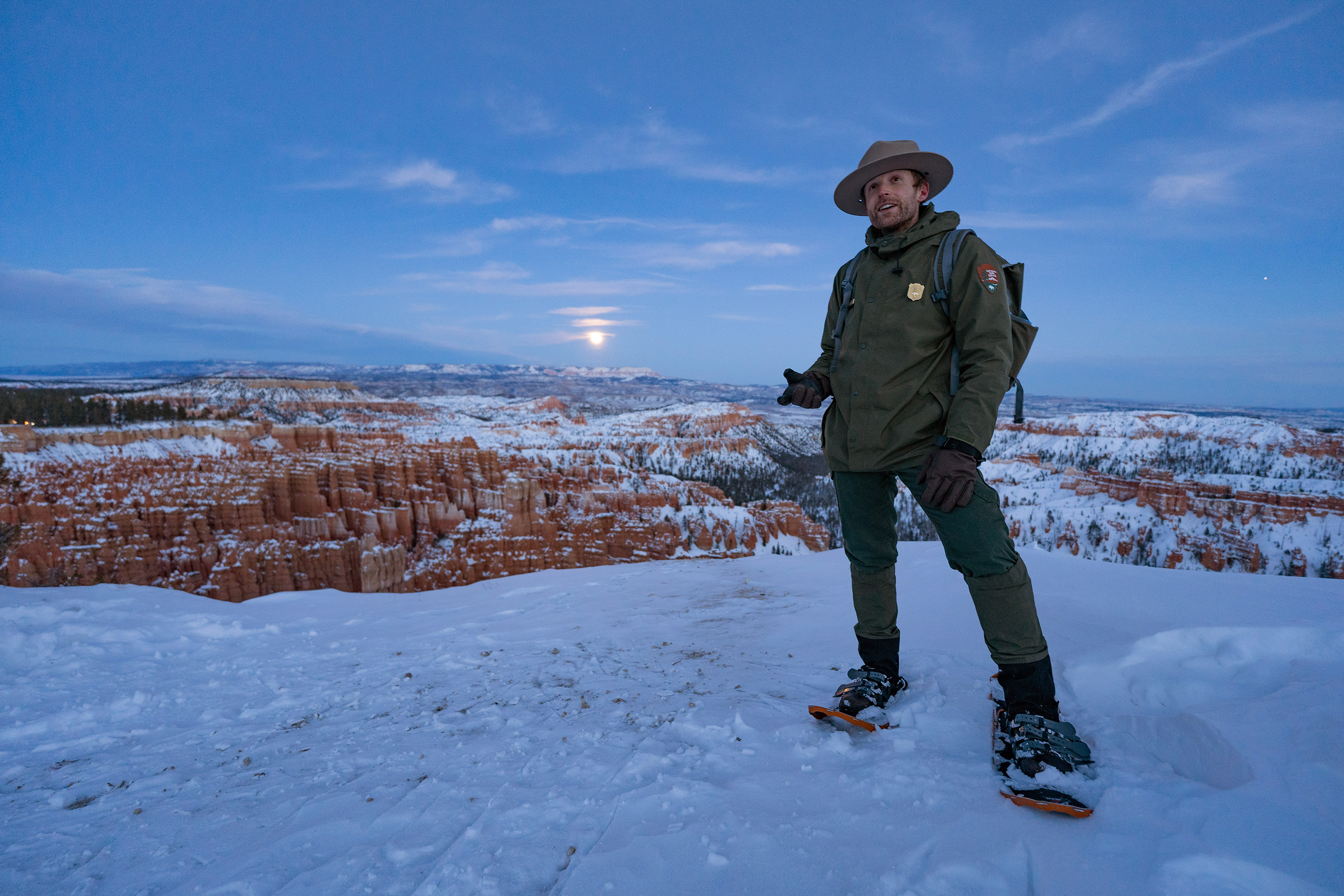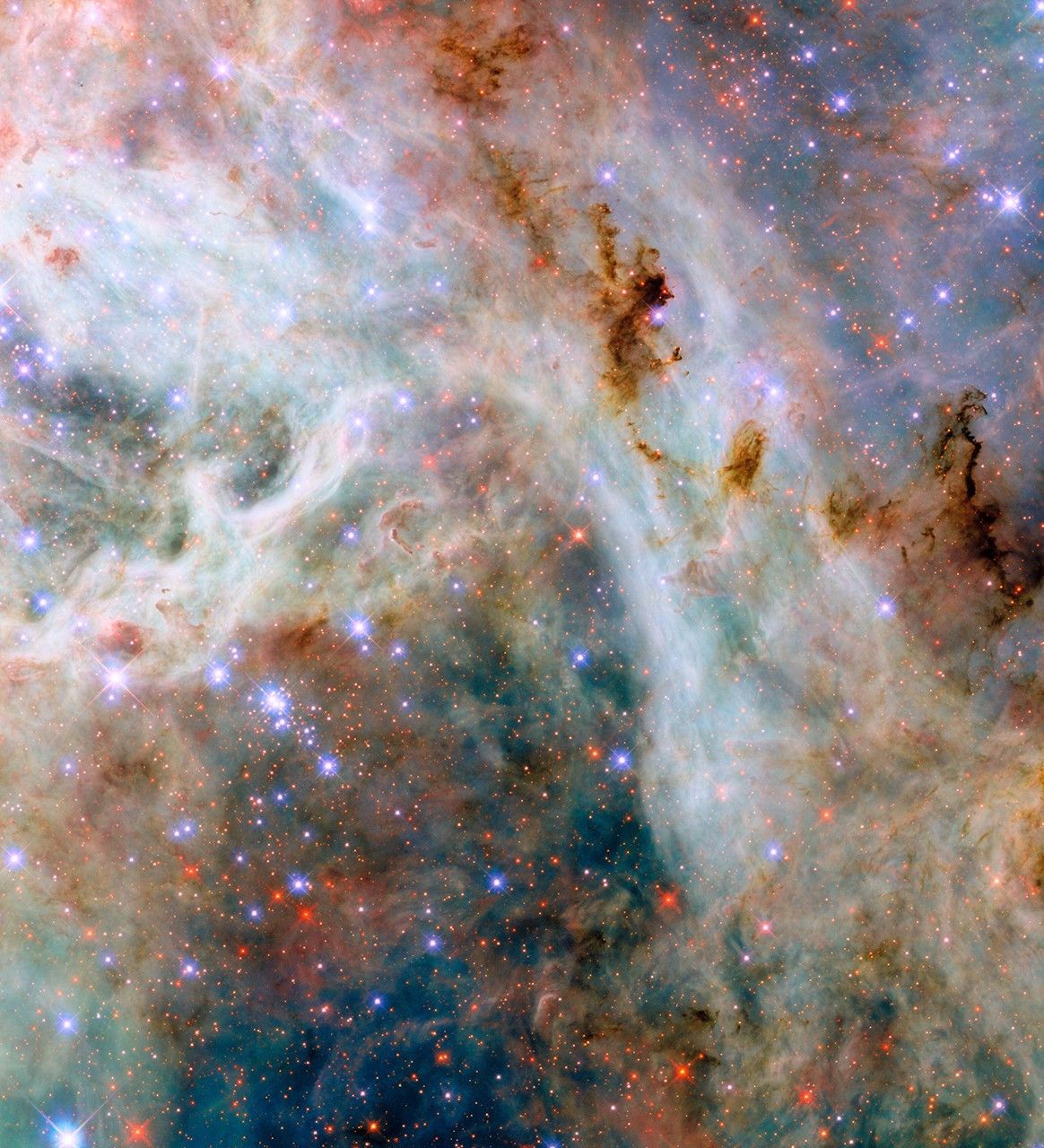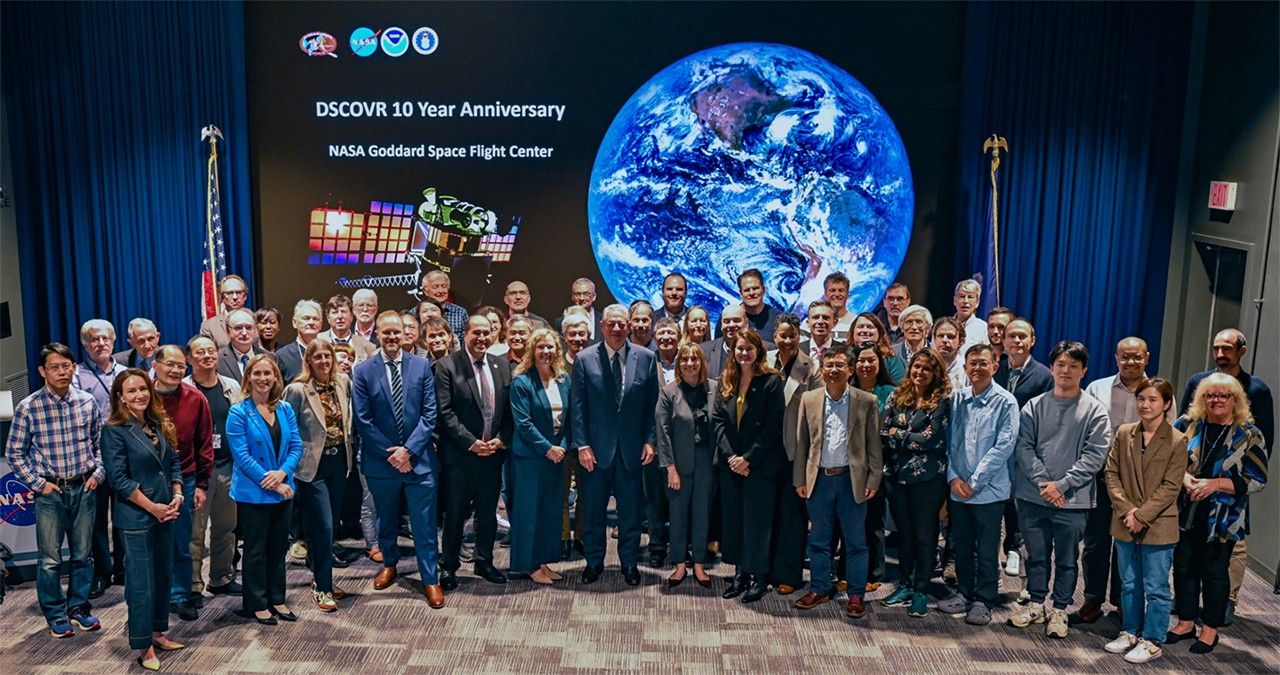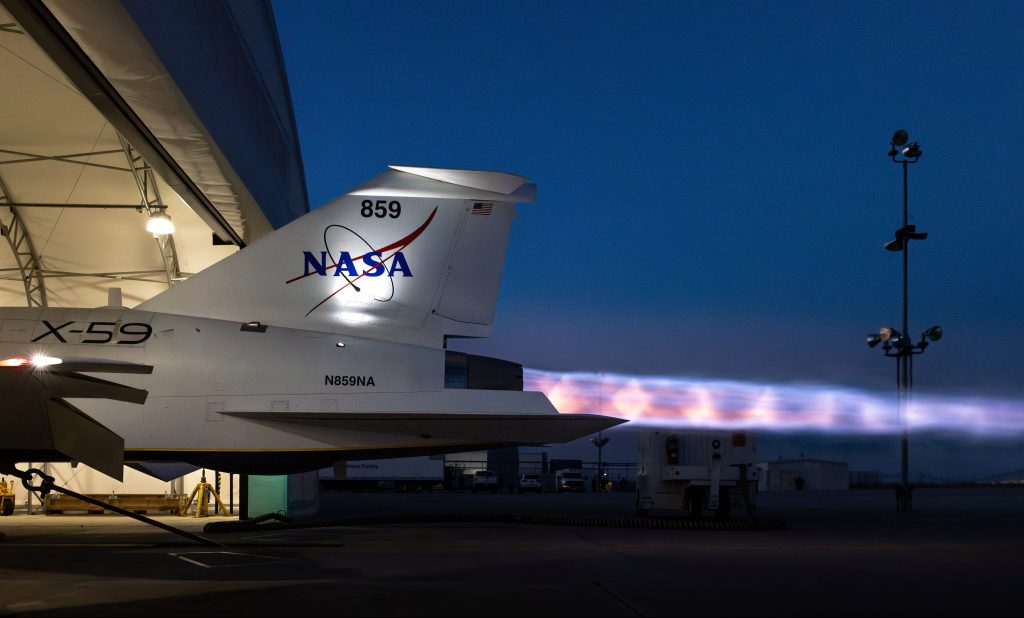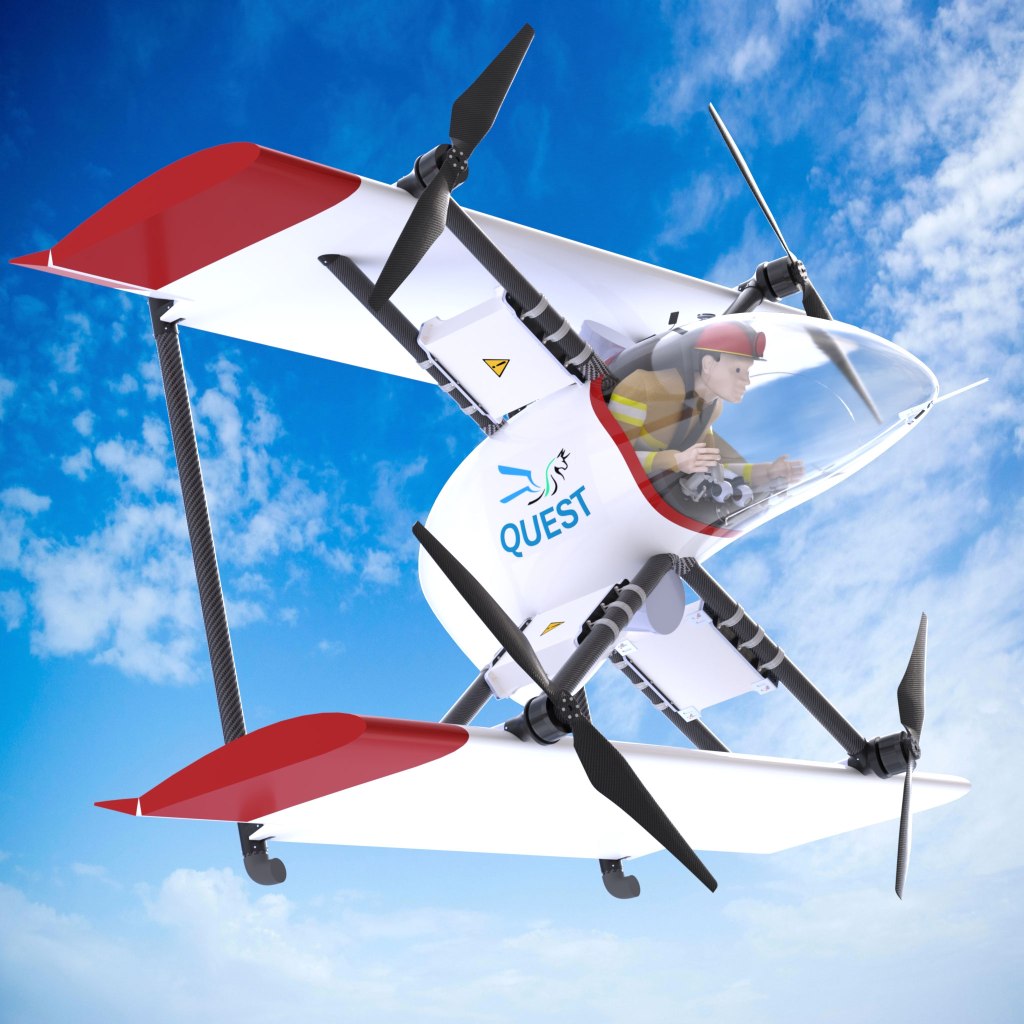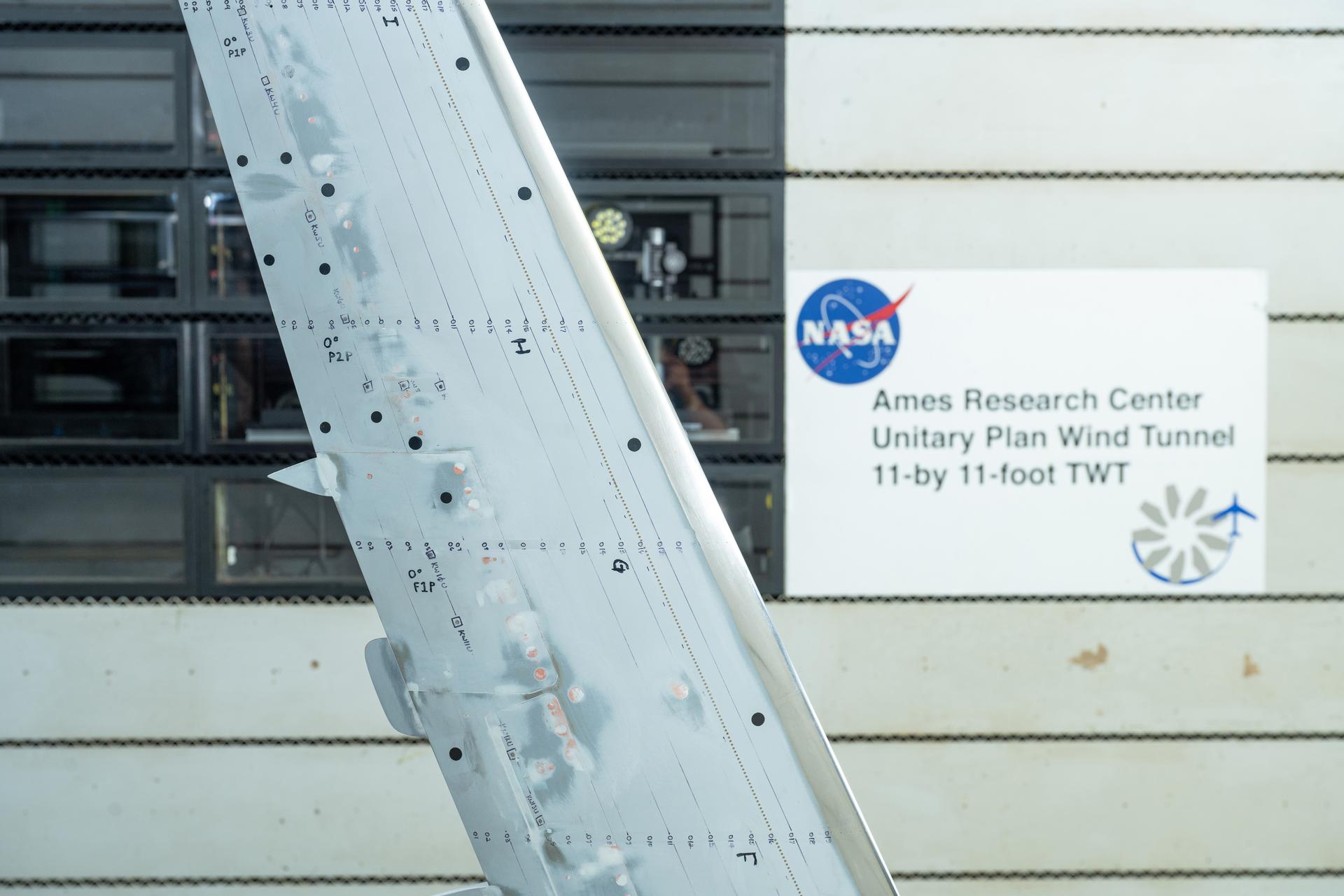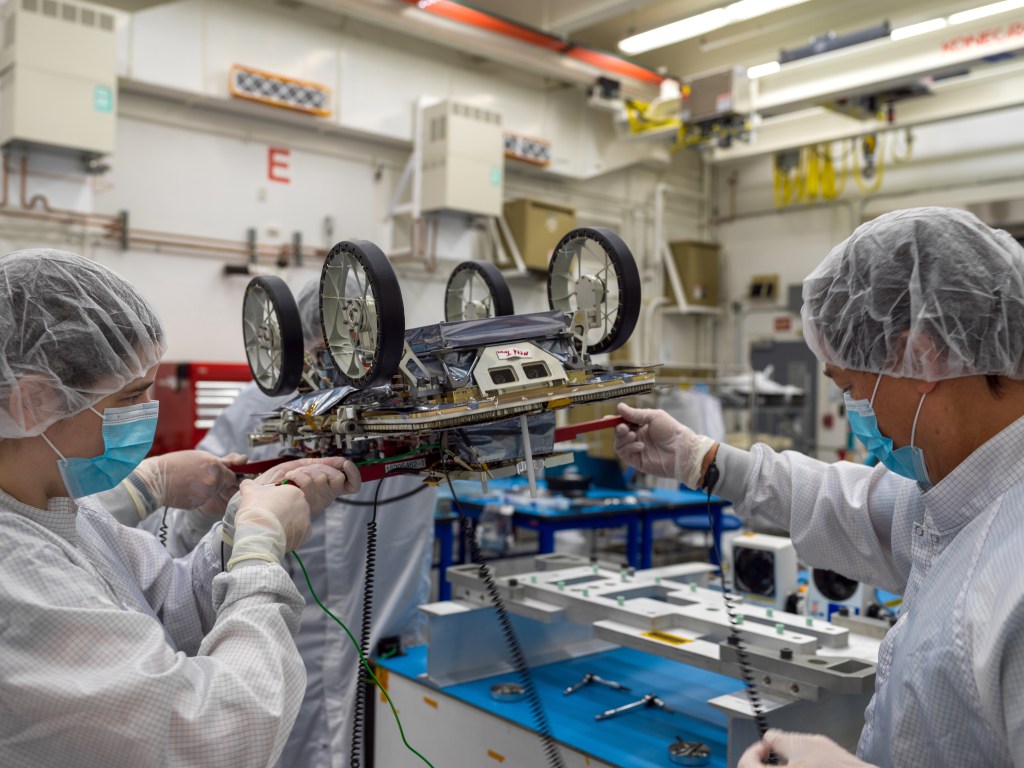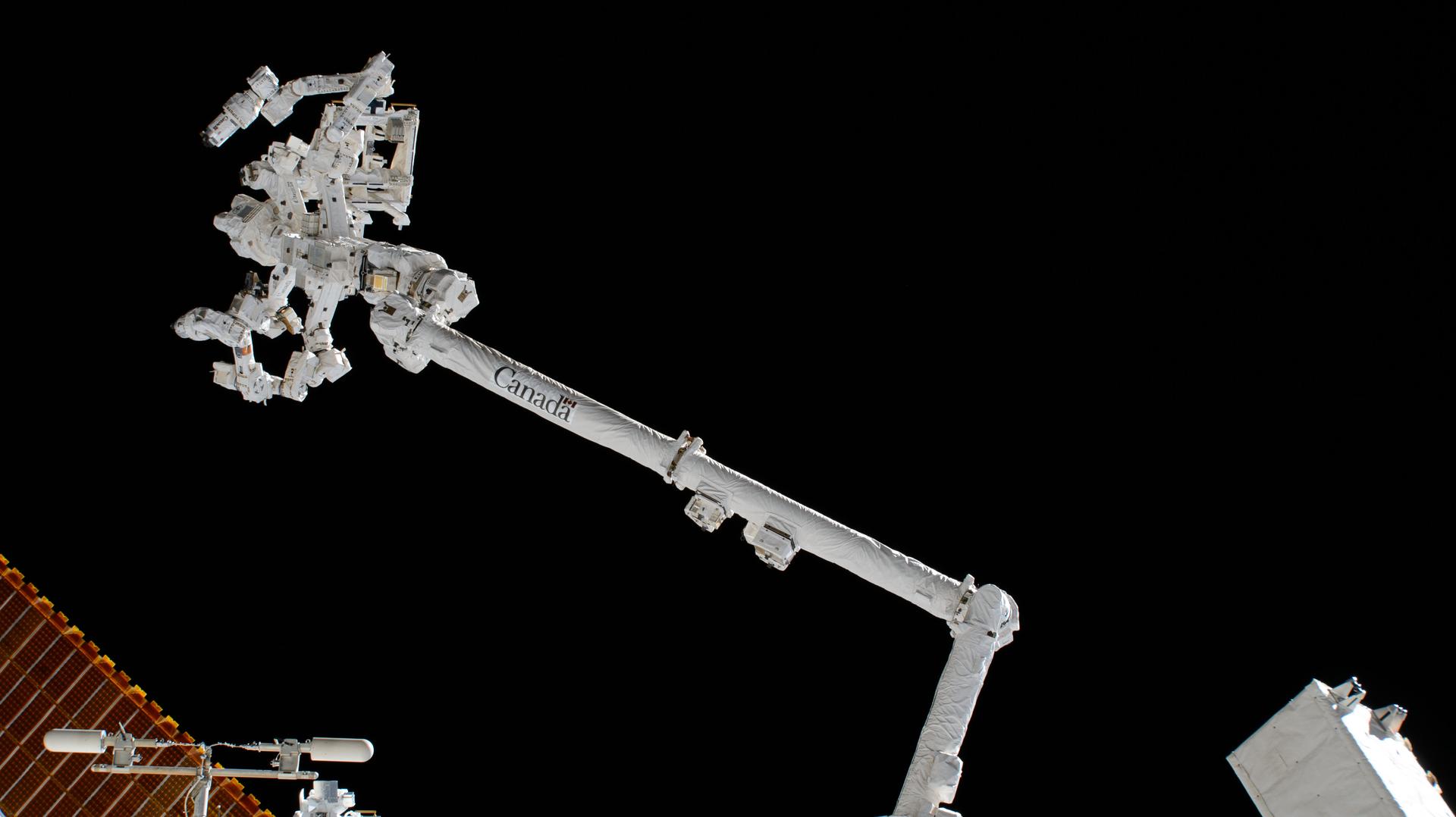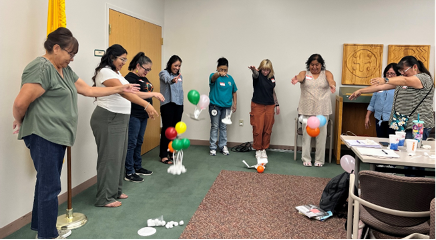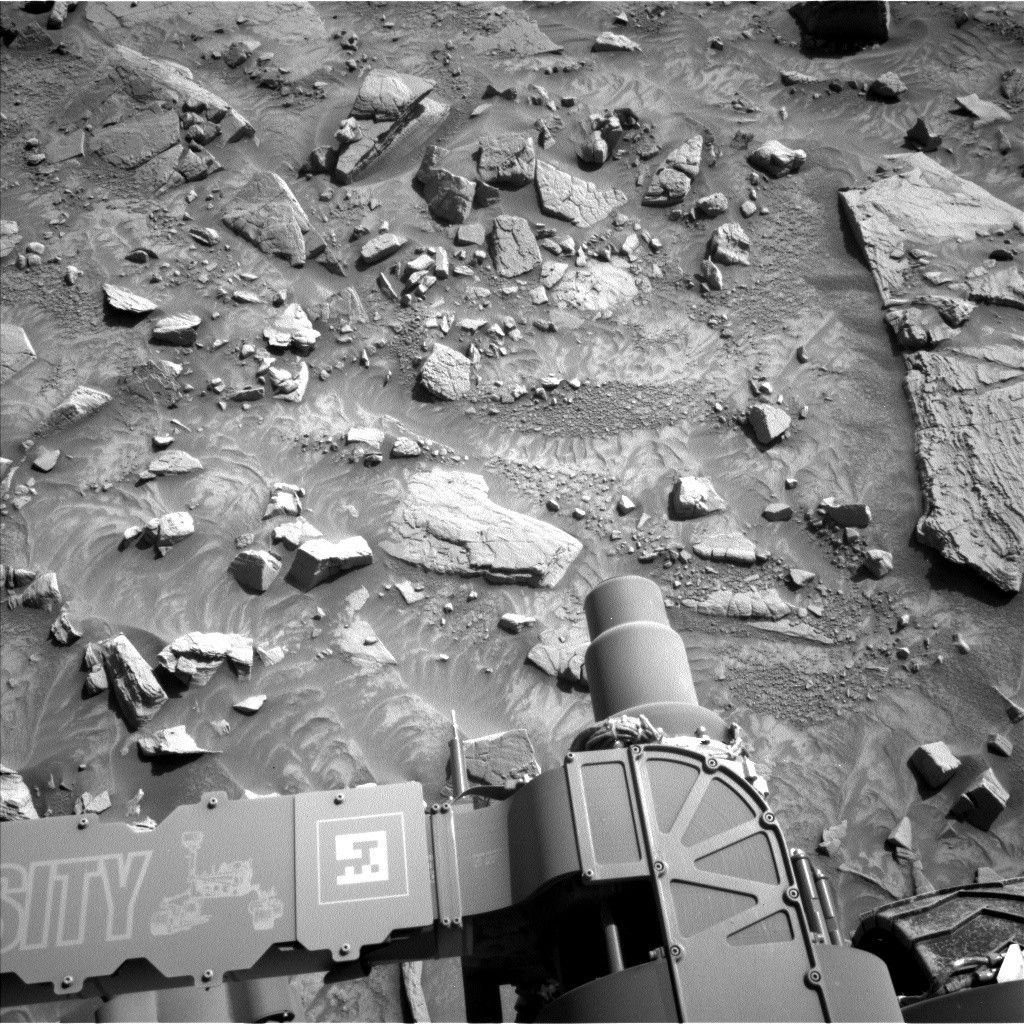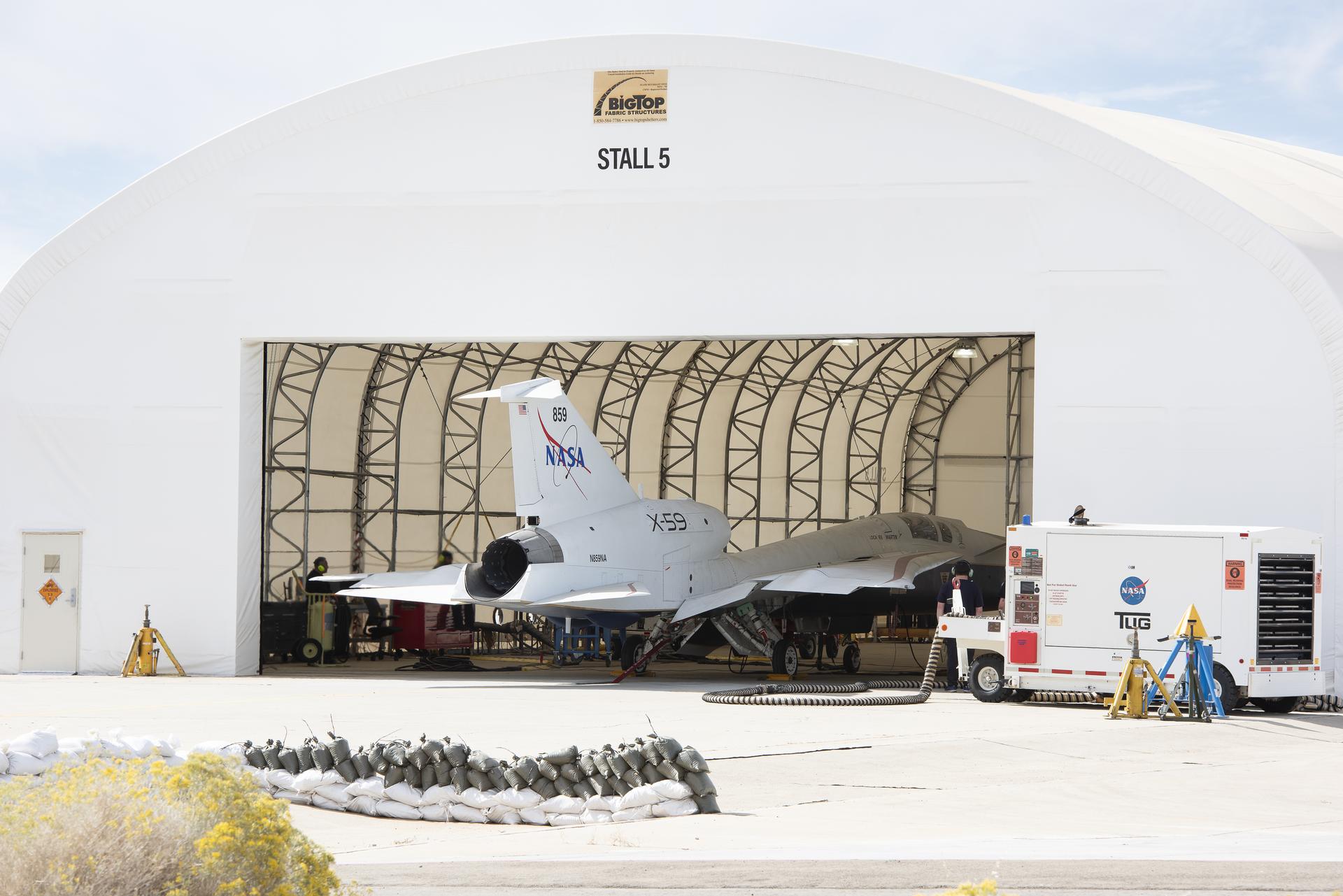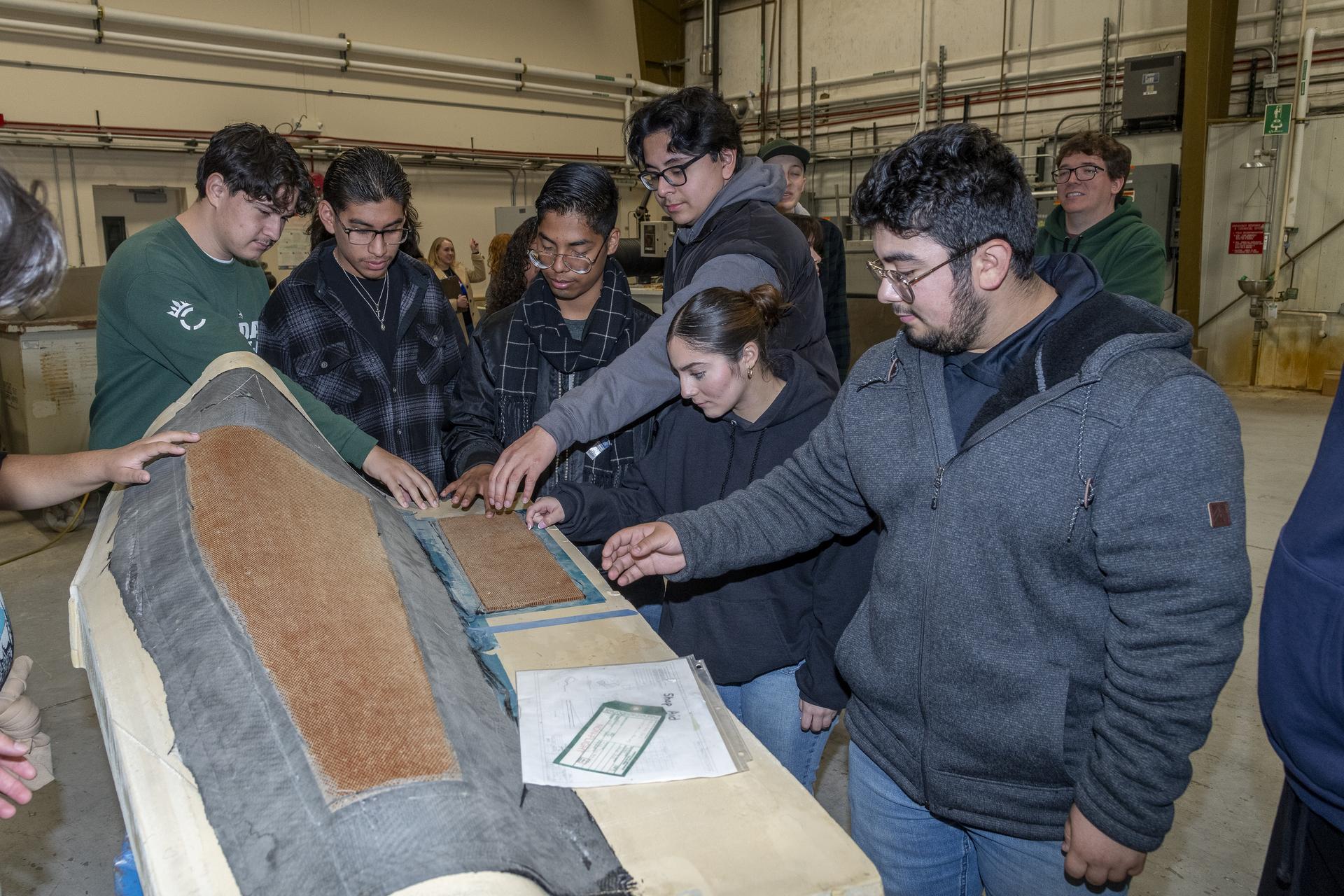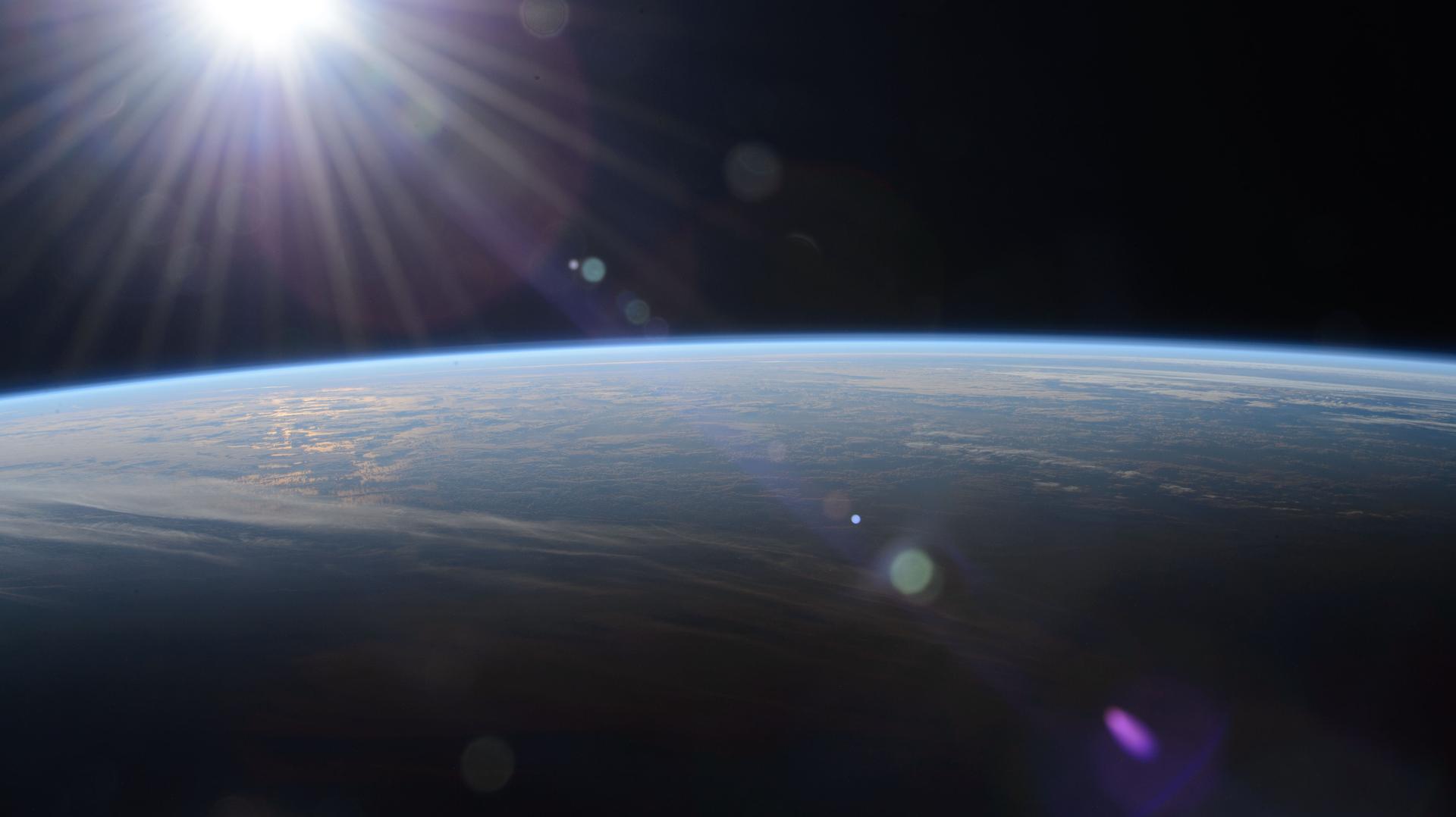
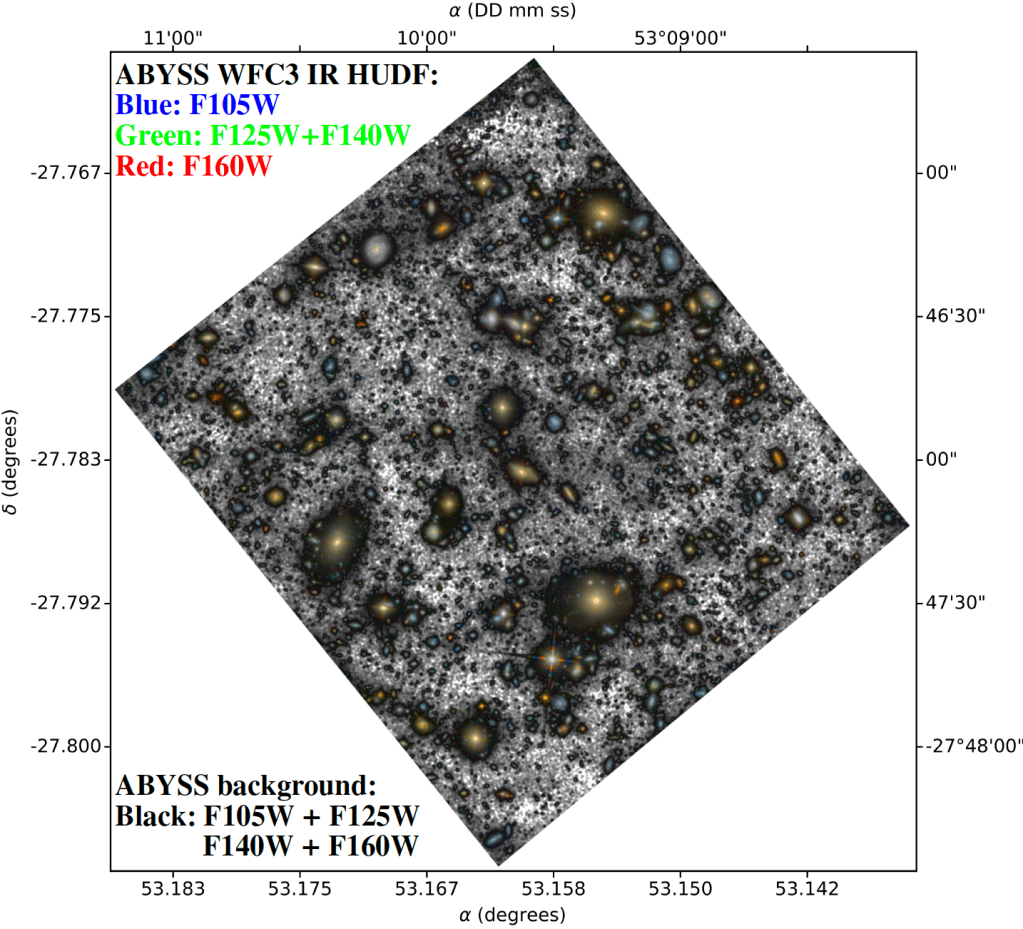
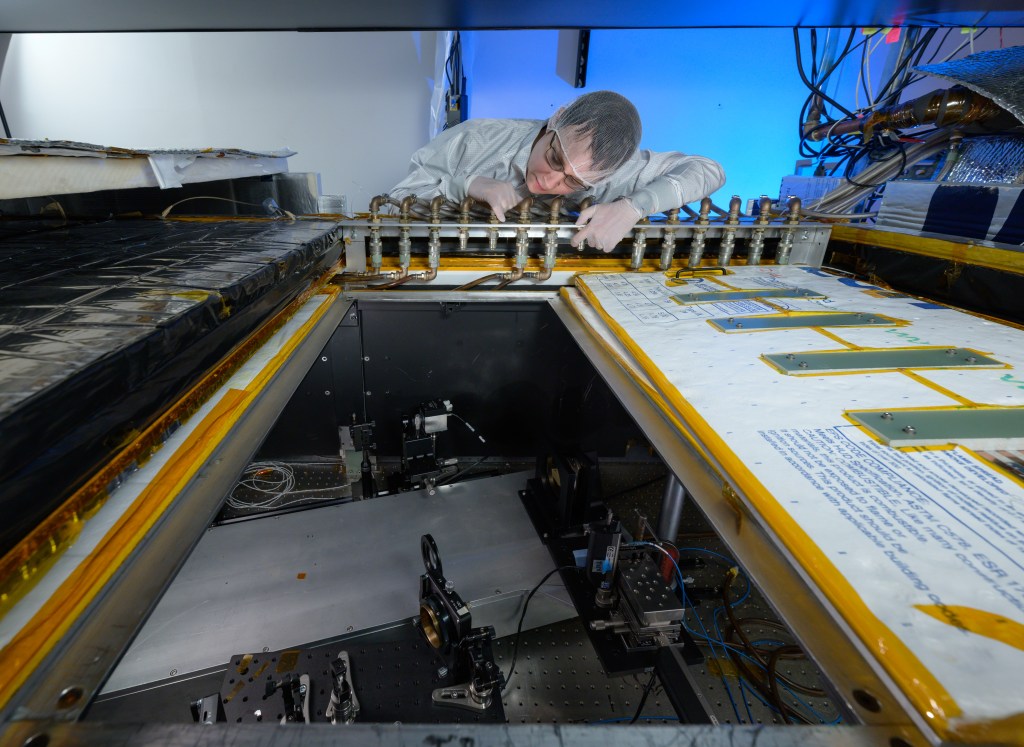
Astrophysics Branch Overview
The Astrophysics branch at NASA Ames conducts world-class research, experiments, and technology development, aligned with NASA’s science vision and in support of NASA’s missions. The branch portfolio covers laboratory astrophysics, astrochemistry, quantum chemistry, star and planet formation, galaxy formation, data science & AI/ML, high-contrast (exoplanet) imaging technologies, and mission development & support. The branch works closely with the planetary systems and astrobiology branches as well as NASA HQ to support cross-disciplinary research on the evolution of the universe and search for life beyond Earth.
Branch Chief
Naseem Rangwala
AssistanT Branch Chief
Christine Martinez
Research Support Specialist
Taryn Kavanagh
Missions
Current/Future Missions:
Habitable Worlds Observatory (HWO)
Nancy Grace Roman Space Telescope
James Webb Space Telescope (JWST)
Past Missions:
Kepler, SOFIA, and KAO

Exoplanet Research
There are now over 4000 confirmed planets listed in the NASA Exoplanet Archive, and most of these were discovered via the Ames-conceived Kepler/K2 missions. Ames scientists are leading important efforts to facilitate the characterization of the exoplanet discoveries and helping to enable NASA’s search for life in the universe.
Read More
Laboratory Astrophysics
Laboratory Astrophysics plays a key role in the optimization of NASA missions, both at the science and instrument conception level and at the science return level. The multidisciplinary of the workforce at NASA (astrophysicists, astrochemists, chemists, physicists, planetary scientists, theoreticians, astronomers) makes it a unique environment for doing Laboratory Astrophysics research.
Read More
Observational Astronomy

Publications
